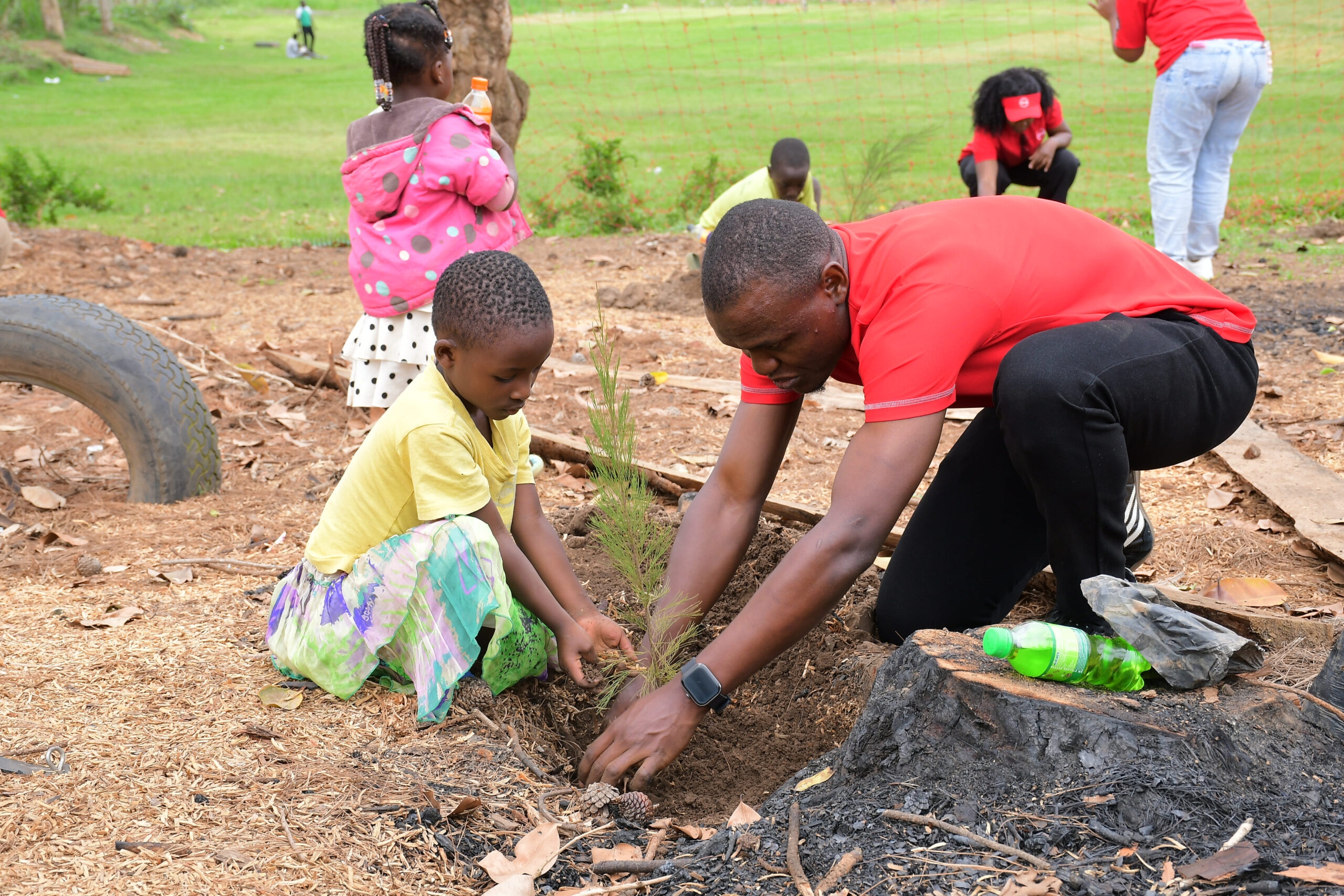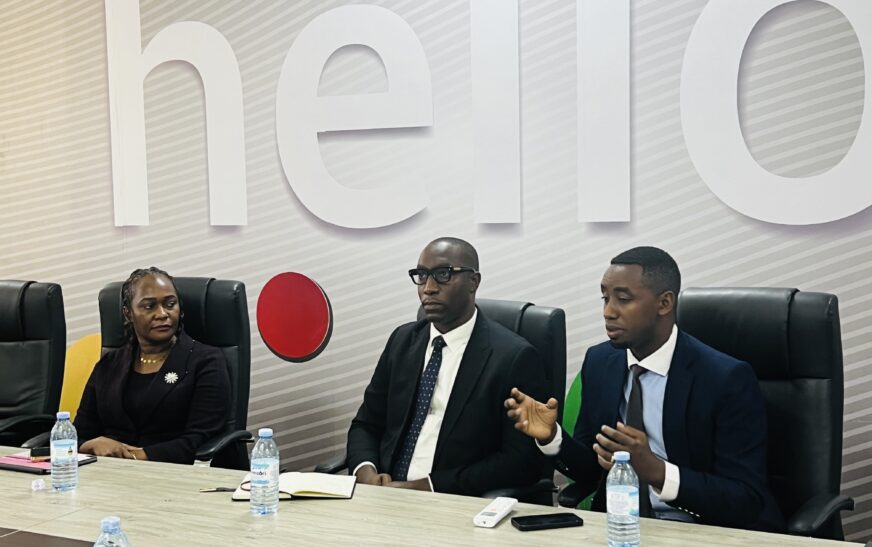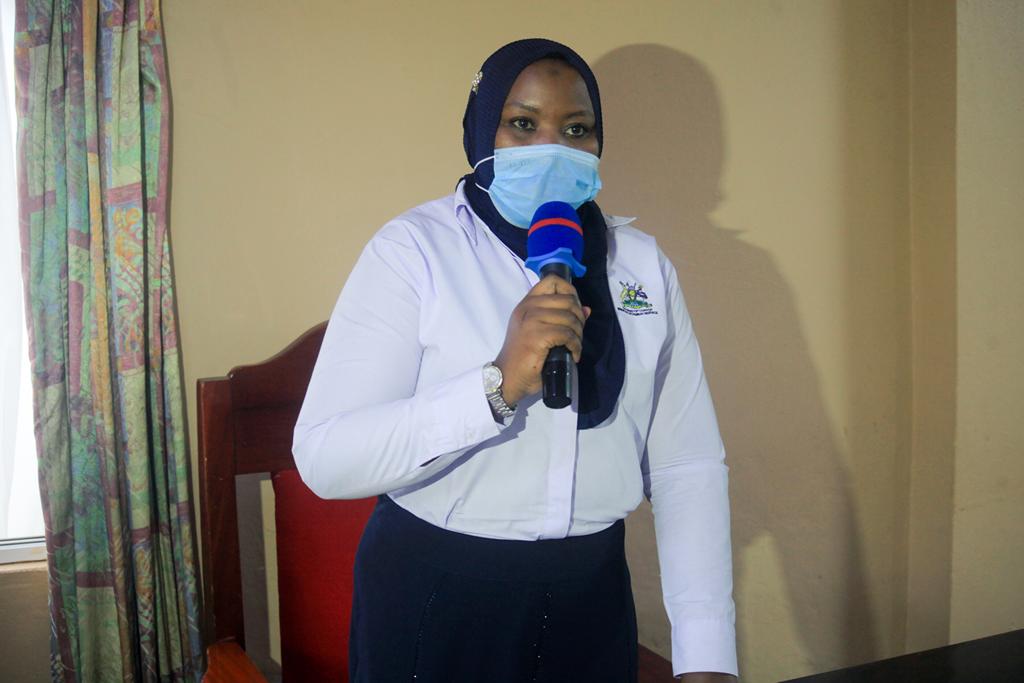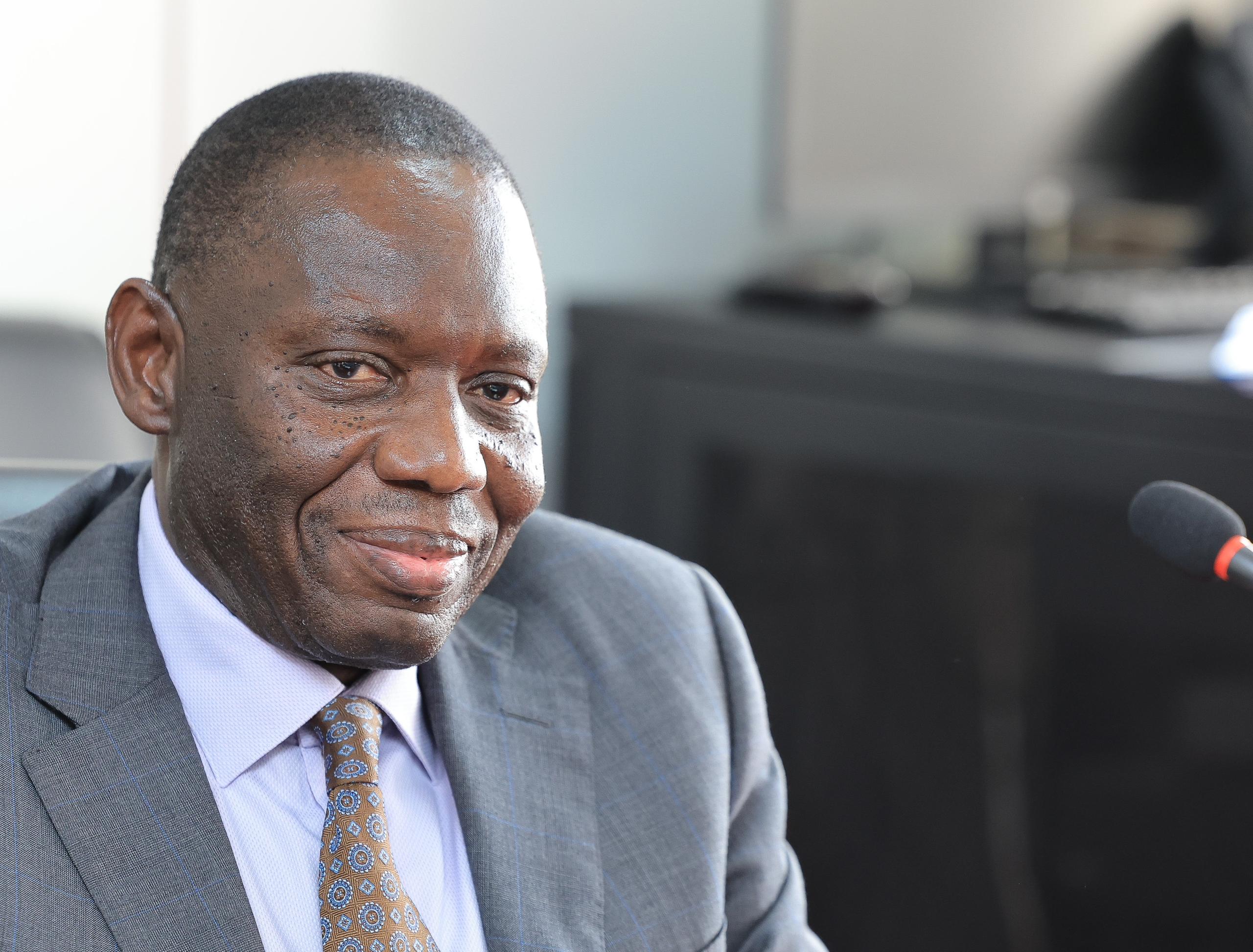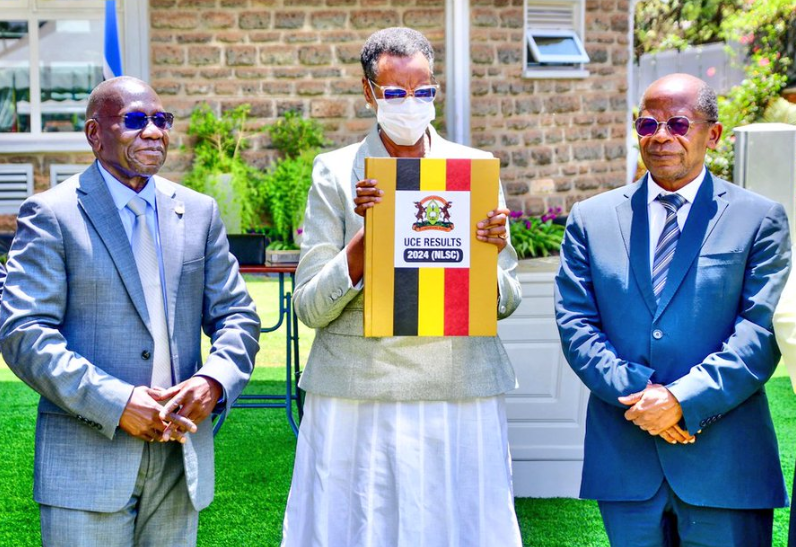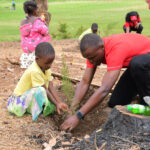Amid a surge in drowning incidents across Uganda, experts are calling on the government to actively involve local communities in water safety initiatives. This appeal follows multiple media reports of recent tragedies, including the deaths of seven individuals who drowned in Lake Victoria last week.
Steve Wills, a UK-based drowning prevention expert with 25 years of experience working with United Nations agencies, emphasized the importance of community participation in drowning prevention efforts in Uganda.
“Community involvement is the most cost-effective approach to addressing the country’s drowning crisis,” he said.
Wills made these remarks during a monitoring and evaluation tour of a drowning prevention project implemented by Reach A Hand Uganda in the districts of Rakai, Mayuge, and Masaka.
“It is quite expensive to invest heavily in drowning prevention infrastructure,” he explained. “But if you empower people with knowledge—by teaching survival swimming or safe water practices—it becomes the most budget-friendly and effective intervention.”
While data collection on drowning incidents remains sparse across many African countries, the World Health Organization (WHO) ranks drowning as the third leading cause of unintentional injury-related deaths globally, with approximately 370,000 fatalities reported annually.
A recent study by Makerere University School of Public Health recorded over 1,435 fatal and non-fatal drowning cases across more than 60 districts in Uganda between January 2016 and June 2018.
Although the Uganda Police’s latest annual crime report indicates a slight decline in drowning cases in 2024, drowning remains the leading cause of water-related deaths in the country.
Wills noted that countries worldwide face similar challenges in addressing drowning, such as lack of policy frameworks, limited resources, climate change, and socio-cultural issues including gender inequality and poverty.
He stressed the importance of government leadership and policy awareness among decision-makers.
“There’s no point in having a few interventions in isolated communities if you cannot scale them. To bring drowning rates down at a national level, the government must take a leading role,” Wills said.
Gender Inclusion
Wills also highlighted the need to include women and girls in drowning prevention efforts. In many conservative communities with strong cultural or religious norms, women are often excluded from public safety programs.
Drawing from his experience in Zanzibar, Wills emphasized the value of working with local partners who understand the cultural context.
“In Zanzibar, which has a conservative Muslim population, we partnered with local trainers—often women—who could teach girls in safe and private spaces. For example, allowing girls to uncover their heads and learn comfortably. This localized approach ensures everyone can take part,” he said.
Recommended Interventions
Wills referenced the WHO’s recommended drowning prevention interventions, which he believes Uganda could adopt at the national level. These include survival swimming lessons, promoting life jacket use—especially among fishermen—and enacting policies and regulations to improve water safety.
“Uganda has made some progress, but without proper policy frameworks and enforcement, efforts remain fragmented,” he said. “Communities should be at the heart of every solution. NGOs and government agencies can support, but the knowledge must reside within families and communities.”
Local Perspectives
During the field tour, local residents shared firsthand accounts of living in high-risk lakeside communities.
Siraje Kato, an LC1 chairperson and lifelong resident, spoke about the frequent drowning incidents in his village.
“We have buried seven people due to drowning—most under preventable circumstances,” he said. “Often, someone drowns while trying to save another person, but neither knows how to swim, so both end up dying.”
Kato, who has lived in the area for over 60 years, said most residents rely on fishing for survival, yet lack even basic swimming skills.
Kagayi Nuldin, a trainer with the Omanyi Okuwuga Project, recounted a terrifying incident involving a relative who was attacked by a hippopotamus. He believes basic rescue training could have changed the outcome.





